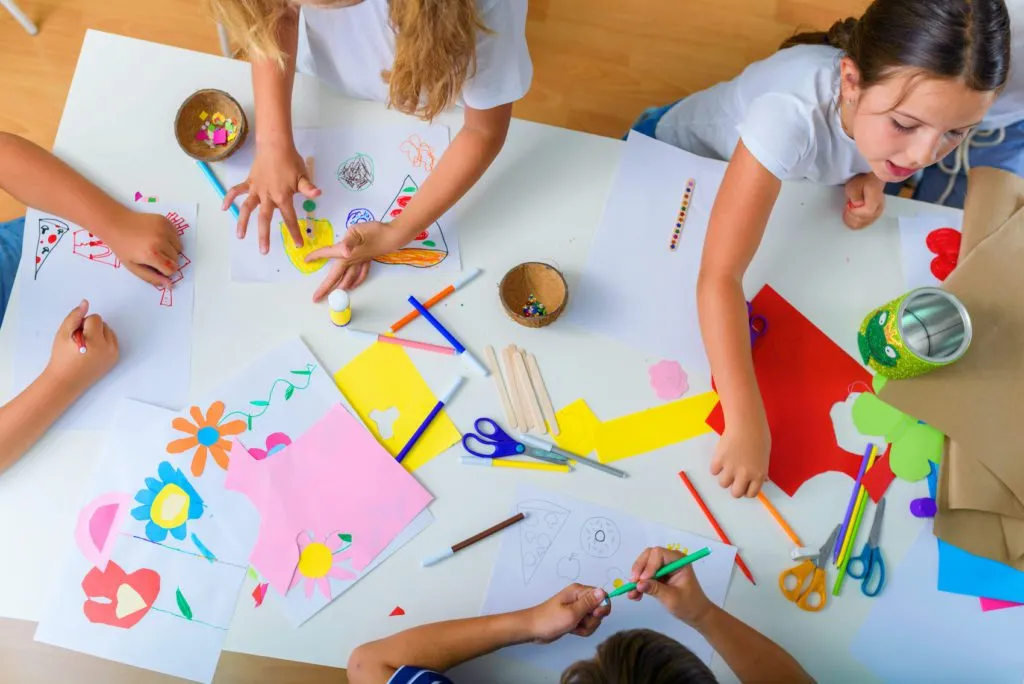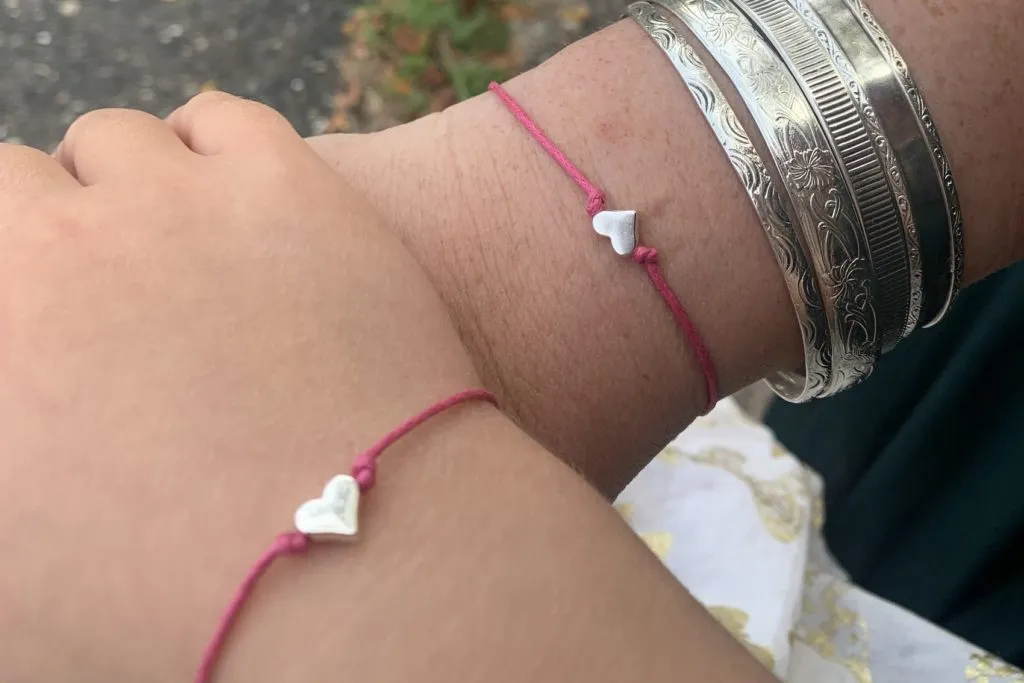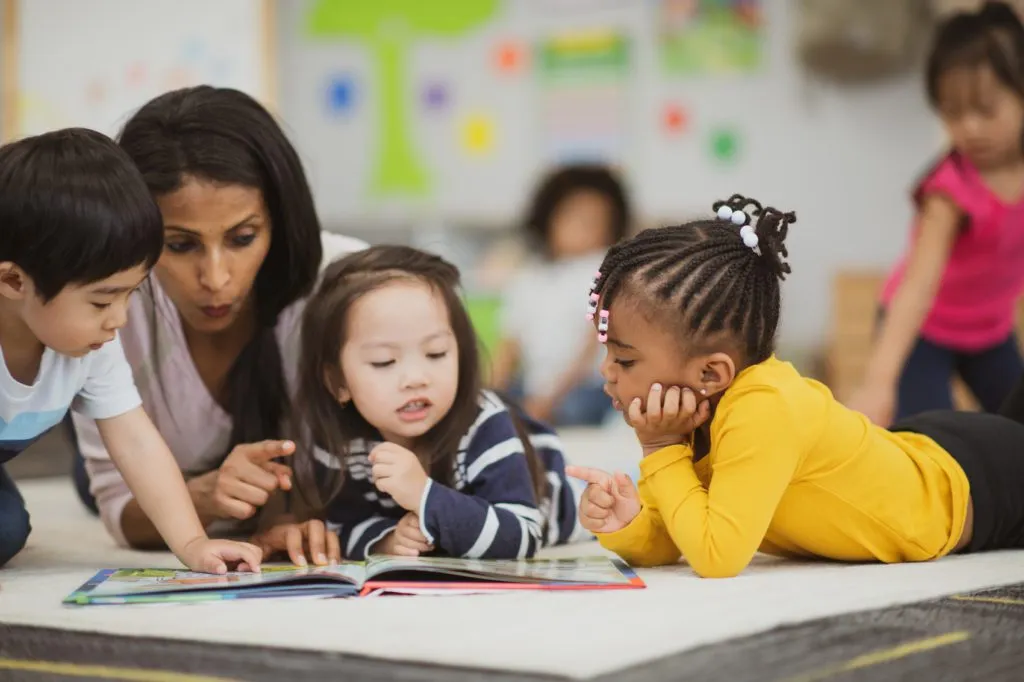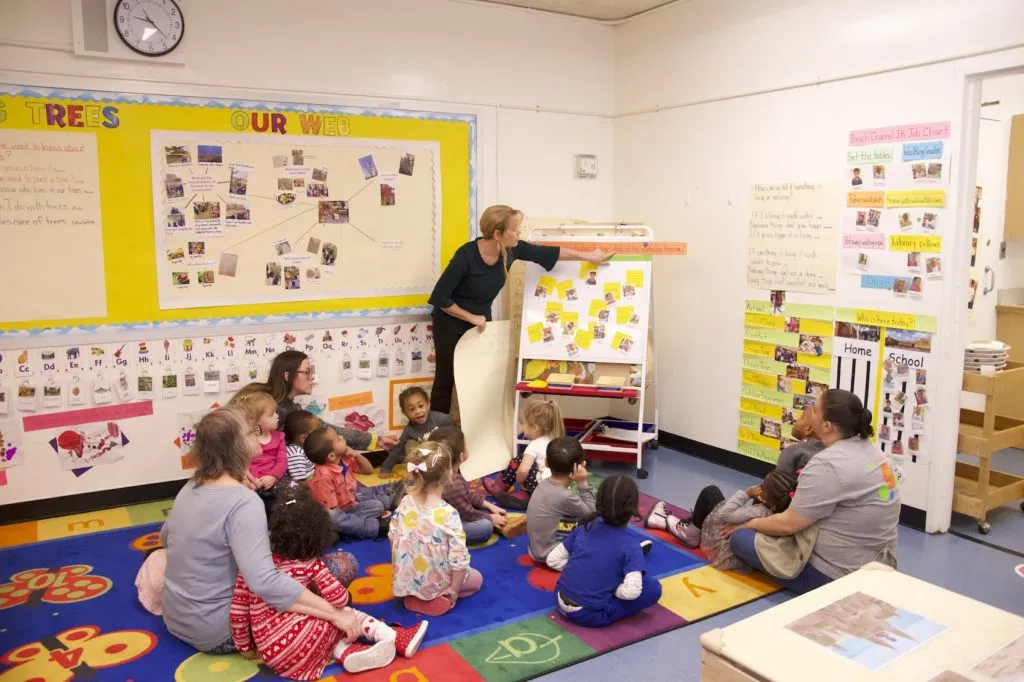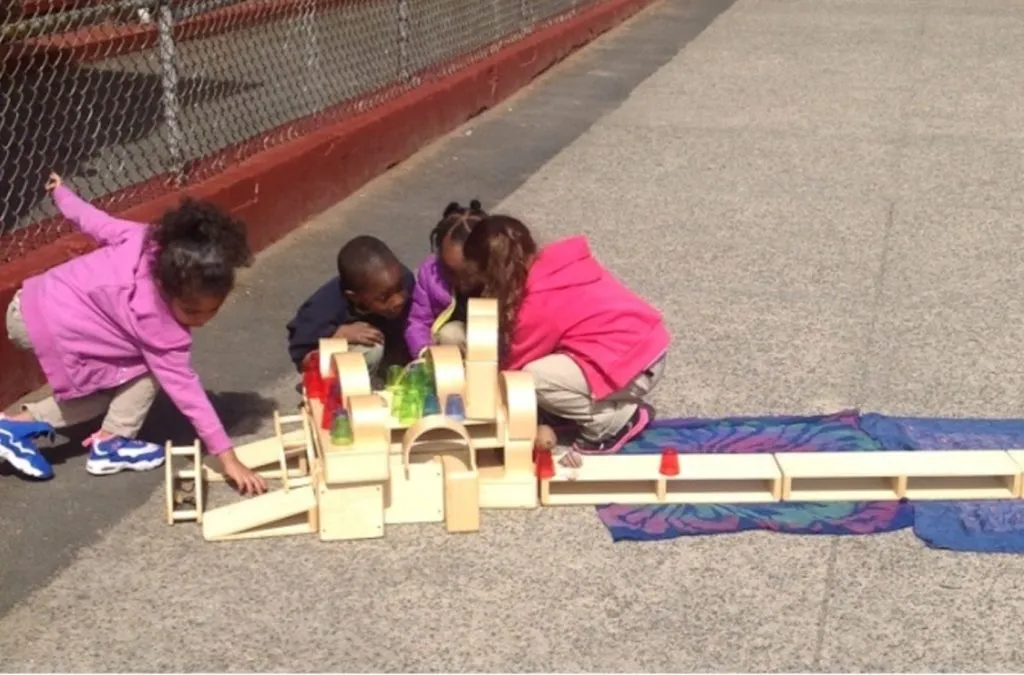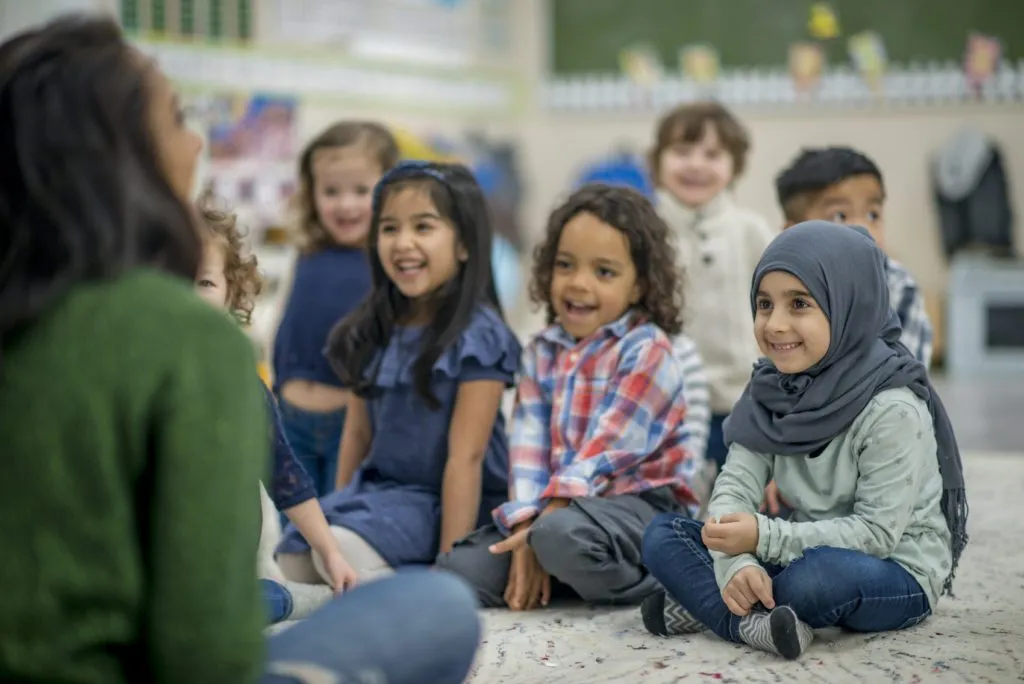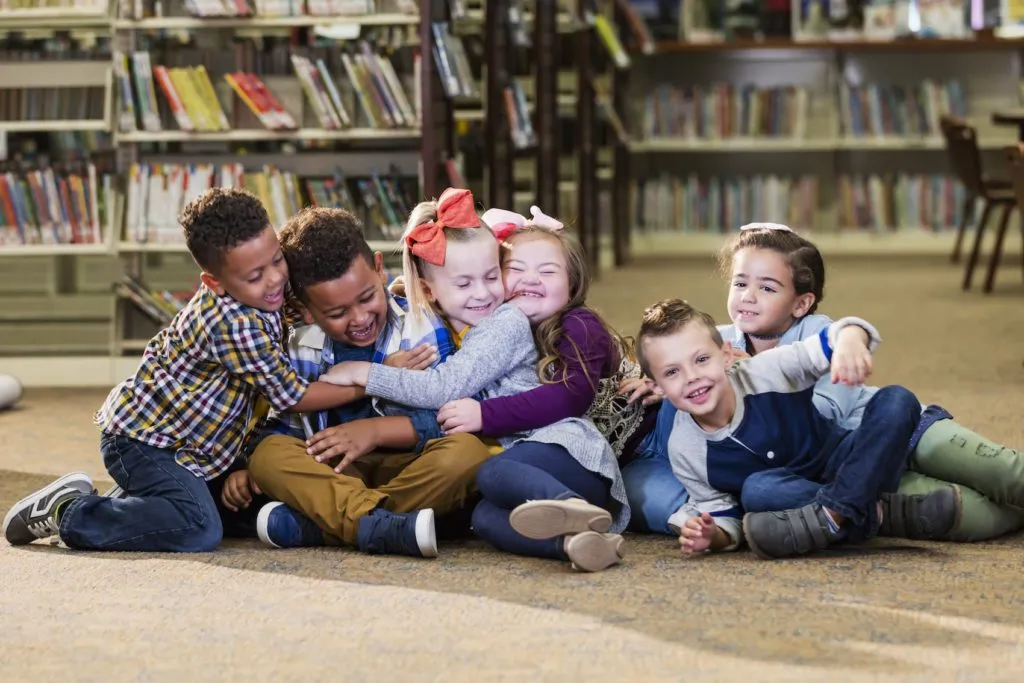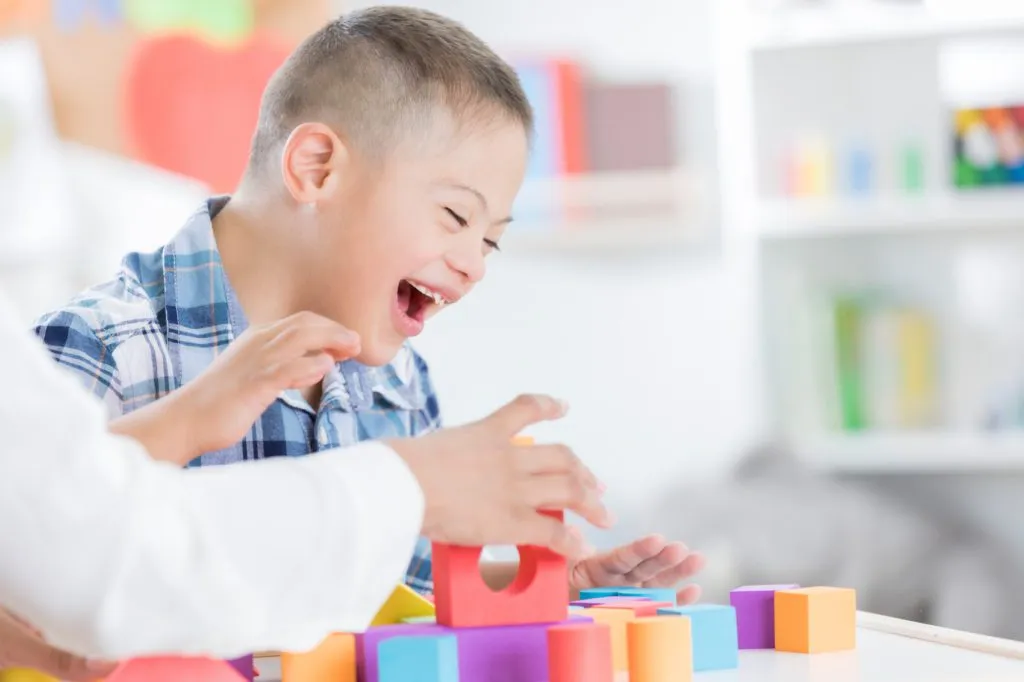Educating the Whole Child: Cognitive Development Support in The Creative Curriculum

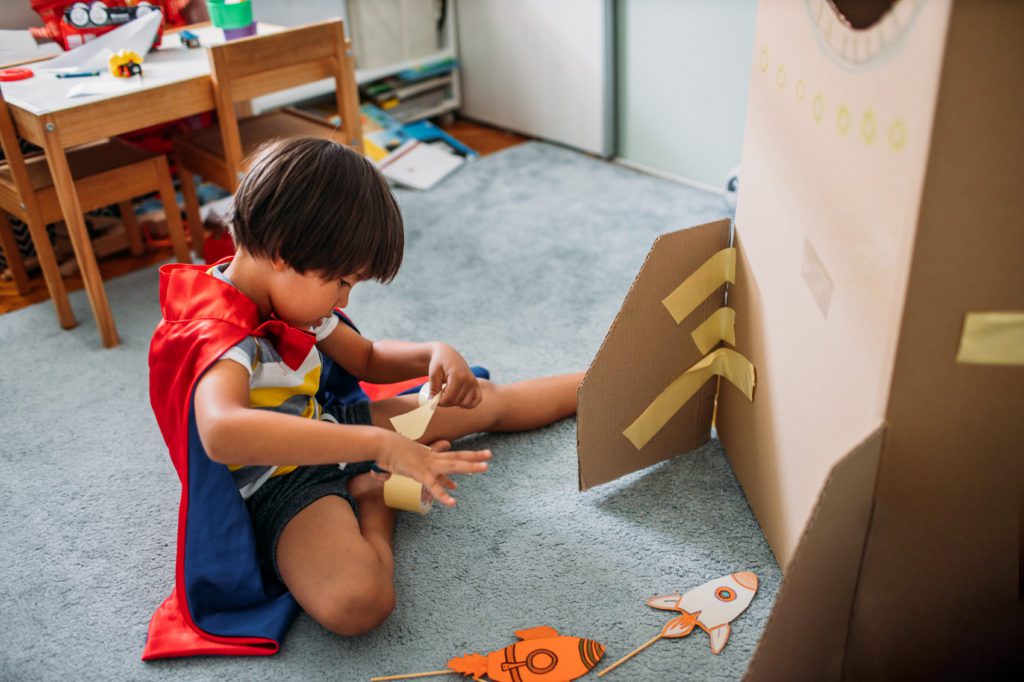
Why Is the Moon Following Me?
I fondly remember when I was a young child in the car with my mother and brother, driving from my godmother’s home in Long Island to our home in Queens, NY. I was intensely concerned that the moon was following us. How was that possible?
Other questions also came to mind. How can the moon still follow us despite all these turns? Does the moon follow us often? How does the moon know where we are going? Can the moon come inside our house? Will it fit through the door? If not, where will it go after we get home?
My fascination with the moon captured my attention for the 20 minutes it took us to get home. I was in awe.
Obviously, at the age of four, I had no idea I was engaging in an essential aspect of the investigative approach to learning: I was attending to a topic. I was demonstrating curiosity and asking questions.
My enthusiastic interest in a specific topic as a young child demonstrates what makes The Creative Curriculumstudies so powerful.
But unlike my questions about the moon—which I was unable to research and discover answers to for myself—studies and their investigation questions revolve around topics that are not only relevant to children’s everyday lives but that can also be easily explored firsthand. These characteristics of studies mean that they offer unparalleled support of children’s disposition to be curious, explore the world, and make sense of their experiences in ways that are meaningful to them.
Supporting Young Children’s Cognitive Development
The Creative Curriculum promotes cognitive development for four-year-olds every time they become extremely curious about causes and effects and whenever they want to know why and how things happen. As teachers facilitate study investigations so children can investigate and find answers to their own questions, they will find the ideas within each study’s Teaching Guide can lead them through the steps necessary for best supporting children’s cognitive development.
- Organize materials and plan experiences.
Think about how children might investigate the topic in the interest areas, during daily routines, and through group activities. Think about what children need in order to conduct their investigations. Bring together the necessary research tools (e.g., books, materials, and technology) and arrange for field trips (real or virtual) and visiting experts to support children’s learning. - Facilitate investigations.
Divide children into small groups to investigate specific research questions. Ask open-ended questions to encourage further discoveries. Observe how children are investigating and suggest additional materials and resources. Decide how you should teach particular concepts and material. Bring the small groups back together to share their findings and give each other ideas. - Document findings.
Encourage children to document what they have learned by making representations (e.g., drawings, writings, diagrams, maps, graphs, collections, constructions) of their learning and displaying them throughout the room. You might also want to display some of this documentation in the classroom entryway to share with families and school visitors.
Every time you and the children in your class begin to explore a new study topic, every time you help them discover important aspects of related materials, and every time you encourage them to ask and answer questions, you can marvel at their demonstrations of cognitive development, just as I once stared out a car window and marveled at the moon.

An Early Childhood Educator’s Guide to a Whole-Child Approach
For everything you need to know about the whole-child approach, download our free eBook today.
